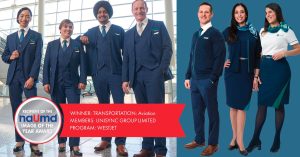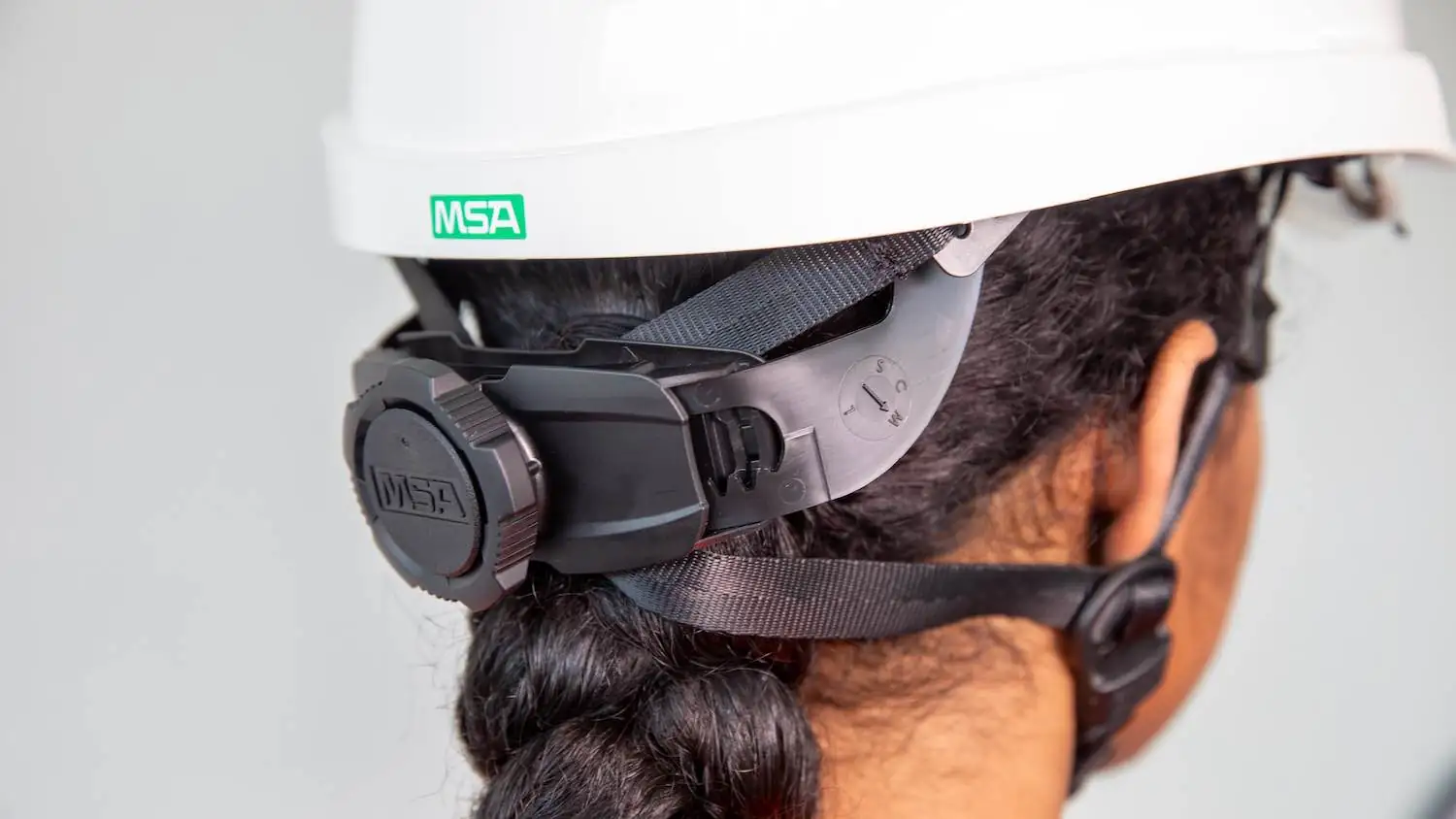Every head and hairstyle is different, which is why there isn’t a single helmet that fits everyone. Laurienne Buhinja, a quantity surveyor in project and program services at AtkinsRéalis, decided it was time for a more inclusive helmet. In collaboration with MSA, she developed an adjustable helmet design.
The workplace has become more diverse
The idea came from her own frustration with helmets. As a Black woman, she noticed that her braids made standard helmets fit poorly, which also made them less safe. She soon realized she wasn’t the only one facing this issue. Most helmets are designed for one head shape, while today’s workforce is far more diverse.
“This is a problem for both men and women with long hair, or hairstyles and head coverings worn for religious or cultural reasons that don’t fit conventional helmets, as well as for bald people, who may find that standard headgear causes rubbing and discomfort,” Buhinja told Construction Management.
The new V-Gard 930 shell and Fas-Trac III suspension system provides extra room for long and braided hair. The helmet is also adjustable to fit different head sizes. At the moment, it’s only available to employees at AtkinsRéalis, but the plan is to roll it out more widely in the UK and Ireland in the near future.
Helmet diversity is a key topic
In recent years, there’s been growing awareness around diversity in PPE and workwear. Helmets are no exception. And when it comes to headscarves, there are real challenges. After all, a headscarf adds an extra layer that’s often smooth and slippery, which can make securing a helmet much more difficult.
Several Muslim women have tackled this problem not by changing the helmet, but by rethinking the headscarf. In 2017, British designer Leena Begum created a high-visibility, reflective headscarf, alongside other workwear designed for Muslim women. In 2021, her fellow countrywoman Aminah Shafiq developed another specialized headscarf meant to be worn with a helmet. She adapted the design itself, removing loose ends that could get in the way during work.
More recently, Leo Workwear partnered with TARMAC to create a headscarf that focuses on how the helmet attaches to the fabric. There are also developments in fabric safety. AmorSui, a company based in Philadelphia, has now created flame-resistant headscarves. Although these were originally designed for lab workers, they could prove extremely useful for construction workers too.
Joining forces
With the growing demand for inclusive PPE and the many initiatives already underway, there seems to be only one ideal path forward: collaboration. By combining technical fabric features such as high visibility, reflectivity, and flame resistance with practical design elements like secure attachment and an inclusive, adjustable helmet, everyone can work safely in construction. Regardless of their hair type, or whether they have hair at all, and no matter their beliefs.
Photo: AtkinsRéalis




















